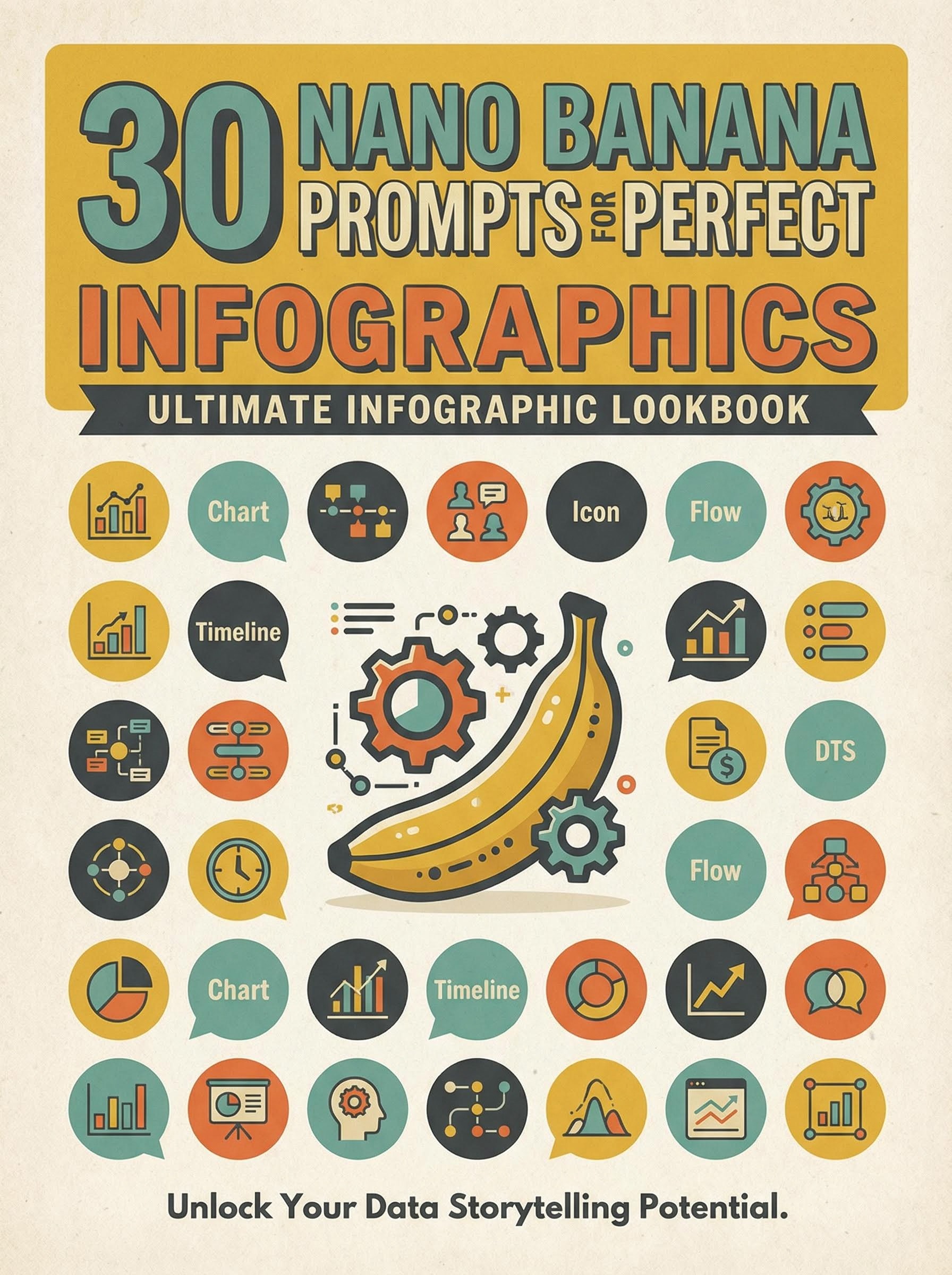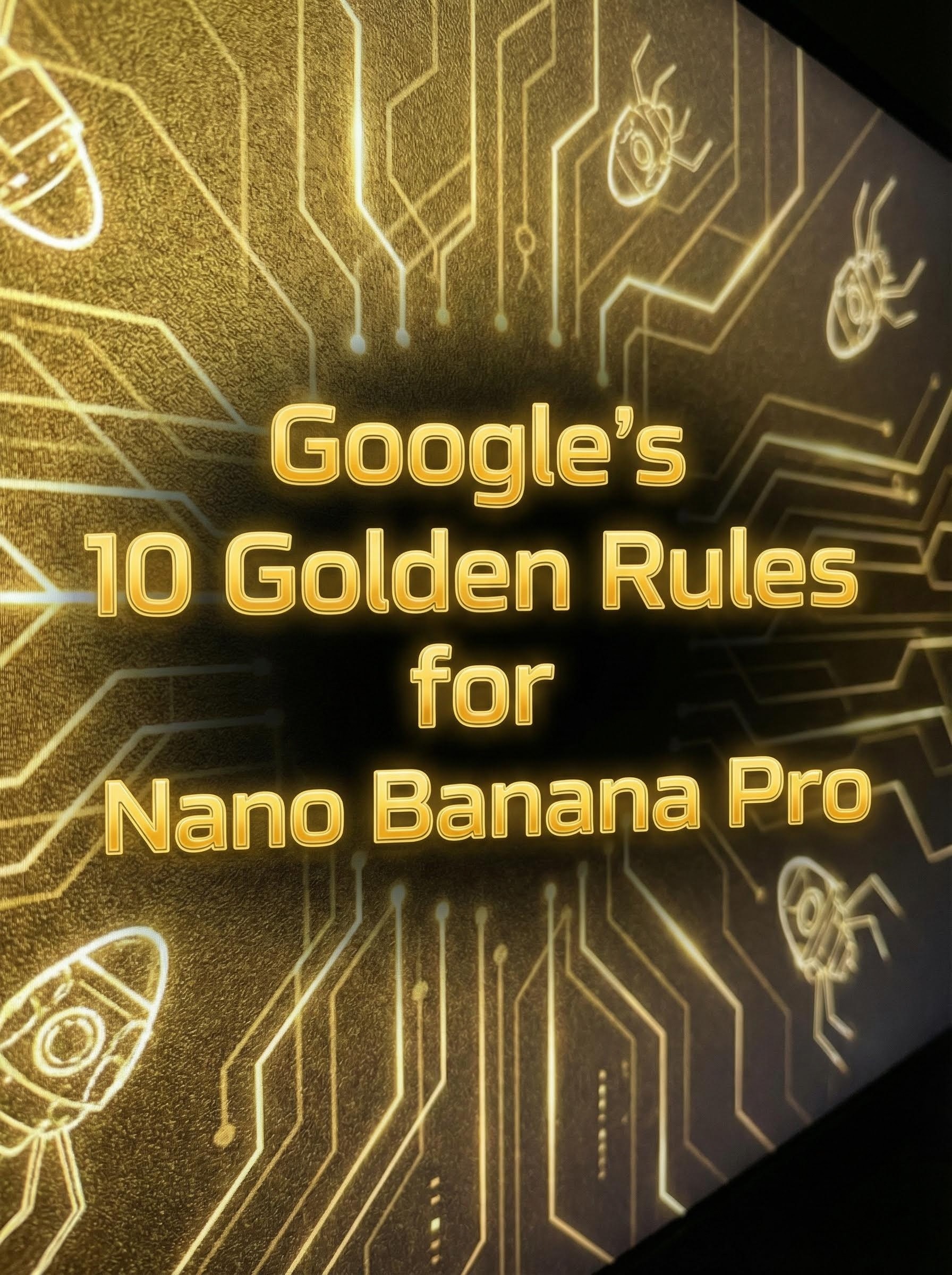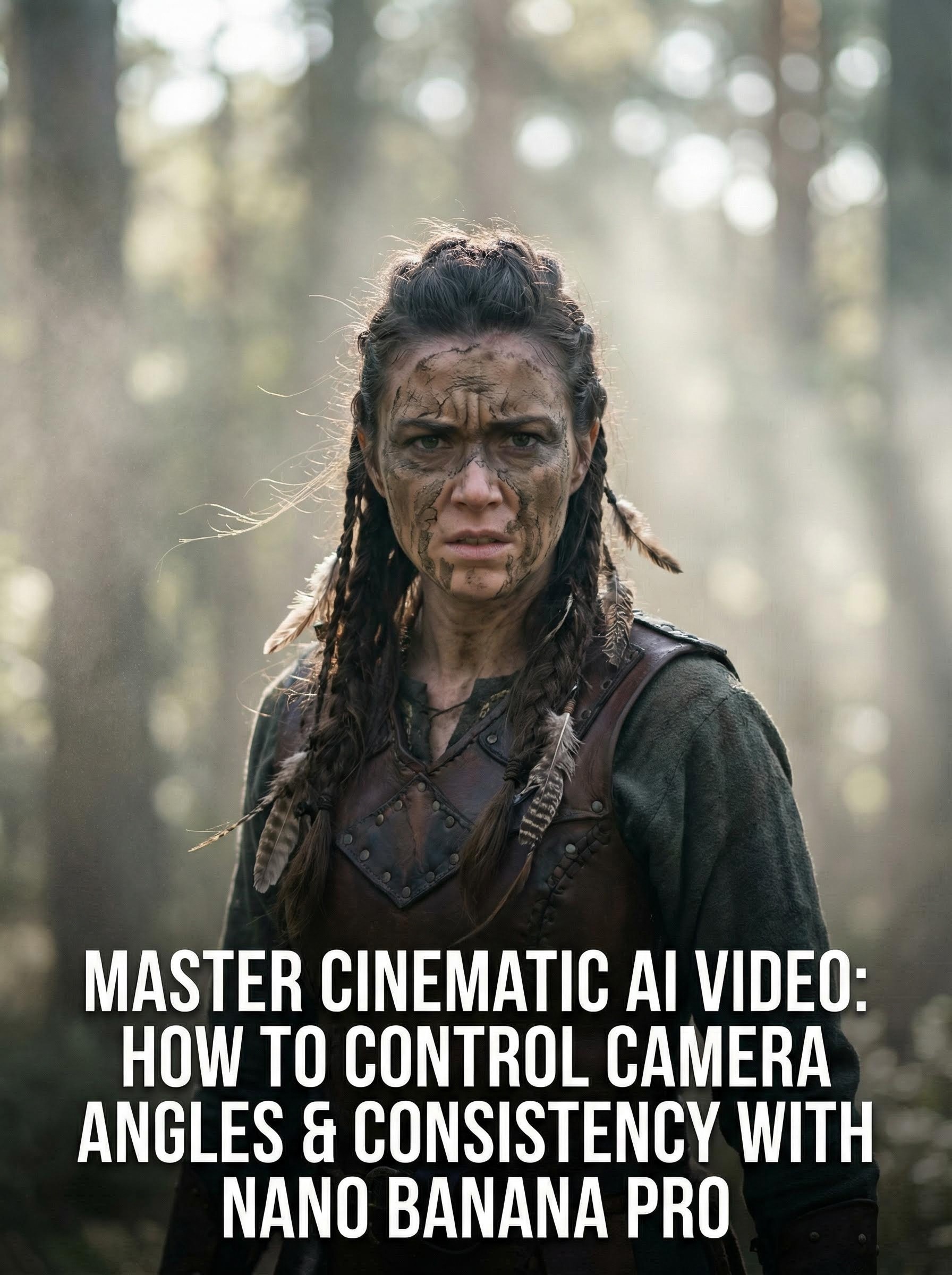In the rapidly evolving world of AI image generation, ByteDance's Seedream model stands out as a powerful tool for creators, designers, and hobbyists alike. Launched as a new-generation image creation model, Seedream integrates seamless text-to-image generation with advanced editing capabilities in a unified architecture. Focusing specifically on its text-to-image features, this SEO-optimized prompting guide will help you craft effective prompts to produce stunning, high-resolution visuals. Whether you're generating posters, infographics, or artistic illustrations, mastering Seedream prompting can elevate your AI art game.
Seedream, available in versions like 3.0 and the latest 4.0, excels in bilingual (Chinese-English) high-resolution image generation. It's designed for professional-grade outputs, rivaling models from Google DeepMind, and supports up to 4K resolution with fast inference speeds. In this guide, we'll cover everything from basic techniques to advanced strategies, complete with examples and best practices.
Why Seedream? Key Features for Text-to-Image Generation
Seedream 4.0 is optimized for creating lifelike art, sharp text, and detailed compositions, making it ideal for posters, infographics, and educational visuals. Its unique strengths include:
High-Resolution Outputs: Defaults to 2K or up to 4K for crisp details.
Bilingual Support: Handles prompts in English and Chinese effortlessly.
Knowledge-Driven Generation: Perfect for complex, informative images like timelines, charts, and tutorials.
Prompt-Based Editing: Blend generation with edits using natural language.
These features make Seedream a top choice for text-to-image tasks, outperforming competitors in benchmarks for generation and editing.
Basic Prompting Techniques for Seedream Text-to-Image
Getting started with Seedream is straightforward. A good prompt should be clear, descriptive, and structured to guide the AI effectively. Start with the core subject, then add modifiers for style, composition, and details.
Structure Your Prompts
Subject First: Begin with the main element, e.g., "A photorealistic image of..."
Add Descriptors: Include colors, lighting, mood, and perspective.
Specify Style: Mention artistic influences like "in the style of watercolor" or "cinematic."
Keep It Concise: Aim for 50-100 words to avoid overwhelming the model.
Tip: Seedream performs best with specific prompts that include layout cues, such as "headline at top" or "symmetrical composition."
Advanced Prompting Strategies
To unlock Seedream's full potential, incorporate advanced elements like reference consistency and multimodal inputs.
Incorporating Details for Realism
Use sensory details: "Golden yolk sauce glistening under warm lighting."
Layer elements: Describe foreground, background, and interactions.
Leveraging Knowledge-Based Prompts
Seedream shines in educational content. Prompts can include factual elements:
"Draw a timeline from the Qin Dynasty to the Qing Dynasty, marking each with icons and Chinese characteristics."
"Create a comparison chart of Gothic church and Baroque palace, with descriptions below."
Using Negative Prompts (If Supported)
While not always explicit, avoid unwanted elements by specifying exclusions in your prompt, e.g., "No blurry edges, high contrast only."
Handling Text in Seedream Images
One of Seedream's strengths is rendering sharp, readable text, especially for posters and infographics.
Best Practices for Text: Keep it short—headlines and captions work best. Avoid long paragraphs.
Prompt Examples:
"Cartoon-style children’s poster. Title at the top: ‘LEARN YOUR ABCs’. Below: a large red ‘A’ with an apple."

Tips: Specify font, alignment, and color, e.g., "Keep the same font and alignment."
Exploring Styles and Artistic Influences
Seedream supports a wide range of styles, from photorealistic to anime and painterly art.
Photorealistic: "Ultra-realistic photograph of spaghetti carbonara, magazine-fit."
Illustrative: "Handwritten journal style tutorial for ice cream making steps."
Abstract/Artistic: "Painterly watercolor of a snowy cliff with aurora borealis."
Use reference images (up to 3) for style inspiration to maintain consistency.
Prompt-Based Editing in Seedream
Seedream's unified architecture allows editing via text prompts on existing images.
Examples:
"Change 'Santiago Music Festival' to 'Seedream Photography Exhibition', keep color scheme unchanged."
"Replace this dog with a Schnauzer."
"Turn on the lights in the living room, evening outside."
Tip: Always detail what to preserve for consistent results.
Best Practices and Tips for Optimal Results
To maximize your Seedream text-to-image experience:
Be Specific: Clear prompts lead to better adherence.
Experiment with Batch Outputs: Generate multiple variations in one go.
High-Quality Focus: Leverage 4K for professional use.
Combine with References: Mix personal assets for unique creations.
Test Iteratively: Refine prompts based on outputs.
Common keywords for SEO: Seedream text-to-image tips, ByteDance AI prompting guide, best prompts for Seedream 4.0.
Real-World Prompt Examples
Here are curated examples to get you started:
Educational Chart: "Draw a chart showing vegetation in tropical rainforest, temperate forest, desert, and tundra."

Poster Design: "Draw a poster on the harm of staying up late, with visuals and text."

Photorealistic Scene: "Photorealistic glass observatory on snowy cliff, aurora in sky, wide-angle."

Artistic Tutorial: "In handwritten journal style, create ice cream making steps tutorial in English."

Food Photography: "Well-staged photo of spaghetti carbonara with parmesan and pepper."

Conclusion: Elevate Your AI Image Creation with Seedream
With this comprehensive Seedream prompting guide, you're equipped to harness ByteDance's innovative text-to-image model for breathtaking results. Whether for personal projects or professional designs, effective prompting is key to unlocking its potential. Experiment, iterate, and create—Seedream is your gateway to AI-powered visuals. For more on Seedream 4.0, check official resources or try it via platforms like Fal.ai.
Keywords: Seedream prompting guide, ByteDance text-to-image AI, Seedream 4.0 tips, AI image generation best practices











